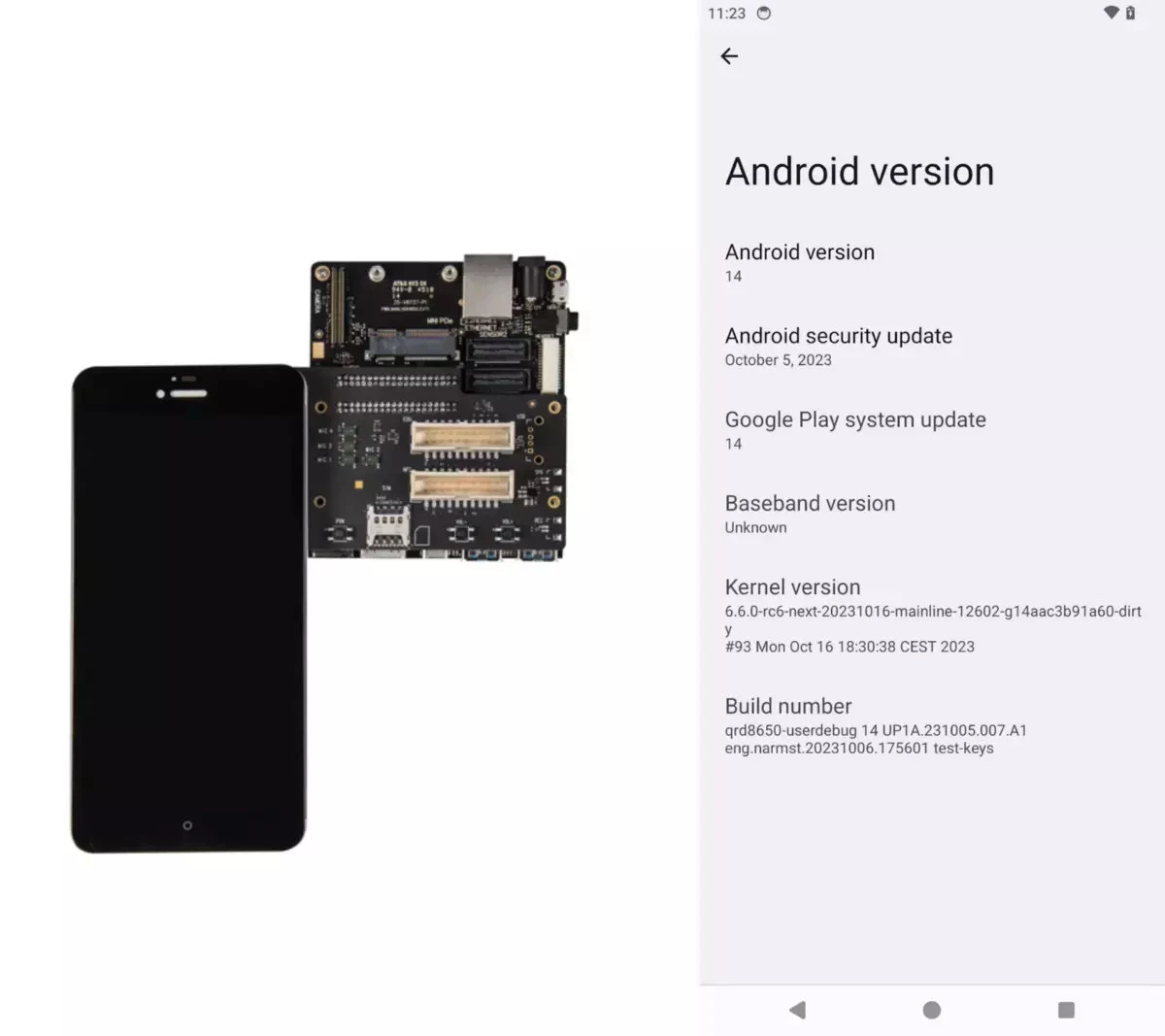- 9 Posts
- 7 Comments
Give it a little time. We’re steadily moving from niche to mainstream now.
 1·2 years ago
1·2 years agoExcluding the 750% outlier, the average FPS uplift across the listed games is 35.6 % at 1080p with the specified settings. That’s a huge accomplishment, and would have been a way better title.
 1·2 years ago
1·2 years agoCPU is impressive.
Their GPU is fighting toe-to-toe with the Apple M2.
Considering:
- They use very fast 8533 MT/s memory, giving them 33% memory bandwidth than Apple’s 6,400 MT/s on the M2;
- Apple’s TDP (20 watt) is likely lower than both configurations 23W and 80W “Device TDP”
- They choose the benchmarks;
- The Snapdragon X Elite will launch mid 2024;
- The Apple M2 will 2 years old then;
I’m not that impressed by the Snapdragon X Elite’s GPU.
The M2 Pro already beats it hard (it has both twice GPU cores and twice the memory bandwidth of the M2), and the M3 will most likely beat is as well.
Let alone the M3 Pro.
Then AMD will release their Strix Point APU also likely in the first half of 2024 - increasing the GPU core count by 33% (from 12 to 16).
Intel’s Meteor Lake’s iGPU, called Xe-LPG, also looks promising.
So as Ryan said:
Ultimately, the 6+ month gap until retail devices launch means that the competition for Qualcomm’s upcoming SoC isn’t going to be today’s chips such as the Apple M2 series or Intel’s various flavors of Alder/Raptor Lake. Almost everyone is going to have time to roll out a new generation of chips between now and then. So while Qualcomm’s SoC may be ready right now, we’ve yet to see what they’ll be competing against in premium devices. That doesn’t make today’s benchmark disclosure any less enlightening, but it means that Qualcomm is aiming at a moving target – beating Apple, AMD, or Intel today is not a guarantee that it’ll still be the case in 6 months.
Let’s do some new benchmarks in 6 months!
That being said, it’s great to see more competition in the laptop SoC market. I hope Qualcomm also pushes competitors on their wireless capabilities: 5G should be an option on almost every laptop.
 1·2 years ago
1·2 years agoComparing this year’s article with last year’s, it looks like initial support is in a better state, especially with display and wireless support.
Feature/SoC SM8550 (8 Gen 2) SM8650 (8 Gen 3) Qualcomm Kryo CPUs ✓ (with DVFS and Power Control support) ✓ (including DVFS and Power Management) System Clocks, Power controllers, PMICs Clocks, Power controllers, PMICs Storage interfaces UFS, SDXC UFS 4.0, SDXC High-Speed Peripherals PCIe Gen3 and Gen4, USB SuperSpeed (5Gbps) PCIe Gen3 and Gen4, USB Version 3.1 Gen 2, USB-C PD Low-Speed I/O I2C, SPI I2C, SPI, RTC, Buttons, LEDs Qualcomm Hexagon Processor Subsystems Audio, Sensors, Compute, Modem Audio, Sensors, Compute, Modem Display - Mobile Display Subsystem + DSI Engine, Touch Controller Wireless - WCN7850 Bluetooth Of course, wireless and display support could be added later. In that case, it should be somewhere in these logs.
 1·2 years ago
1·2 years agoHow many variables (columns) do you have and how many samples (rows)?
Also please take a proper screenshot next time




This is clearly a successor to the Snapdragon 7 Gen 1, and not the Snapdragon 7+ Gen 2. This can be noticed by:
The ISP is the most noticeable: Even the Snapdragon 7 Gen 1 has a Triple 14-bit ISP. I’m curious why only 12-bit color depth is supported in these times of computational photography.
That said, if this chip is marketed cheaper than the Snapdragon 7+ Gen 2, it seems like a very capable chip. It is the first and cheapest 7-series chip with Cortex-A715 cores and the TSMC 4nm process is still state of the art. The AI engine supports INT4 mixed precision (in addition to INT8 and INT16), which can provide double the performance for some models with relatively little loss in precision.
Unfortunately, hardware decoding of AV1 video is not supported.
What is also interesting is the Triple Frequency GNSS (L1/L5/L2) support. The only other SoC that has that (as far as I know) is the Snapdragon 8 Gen 3.